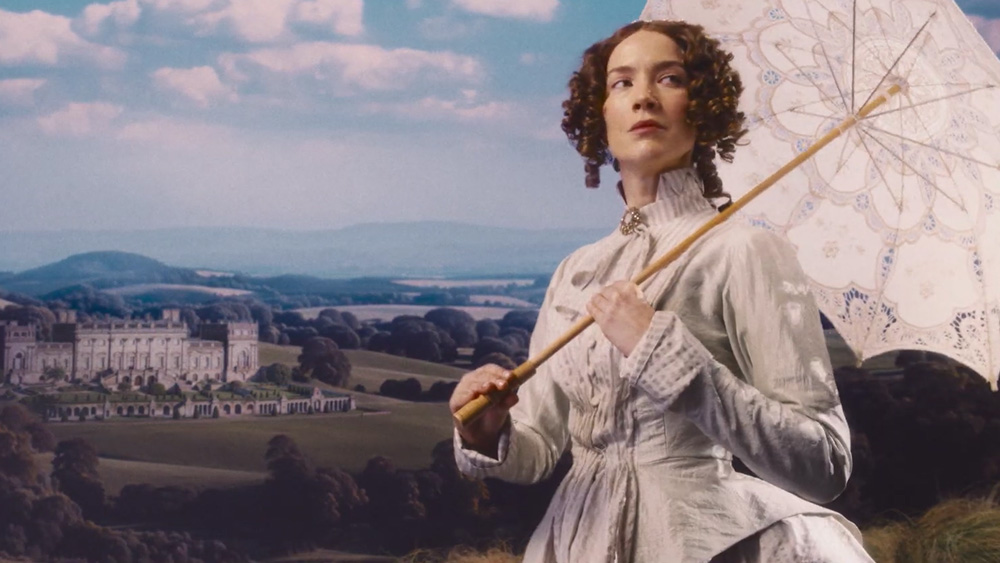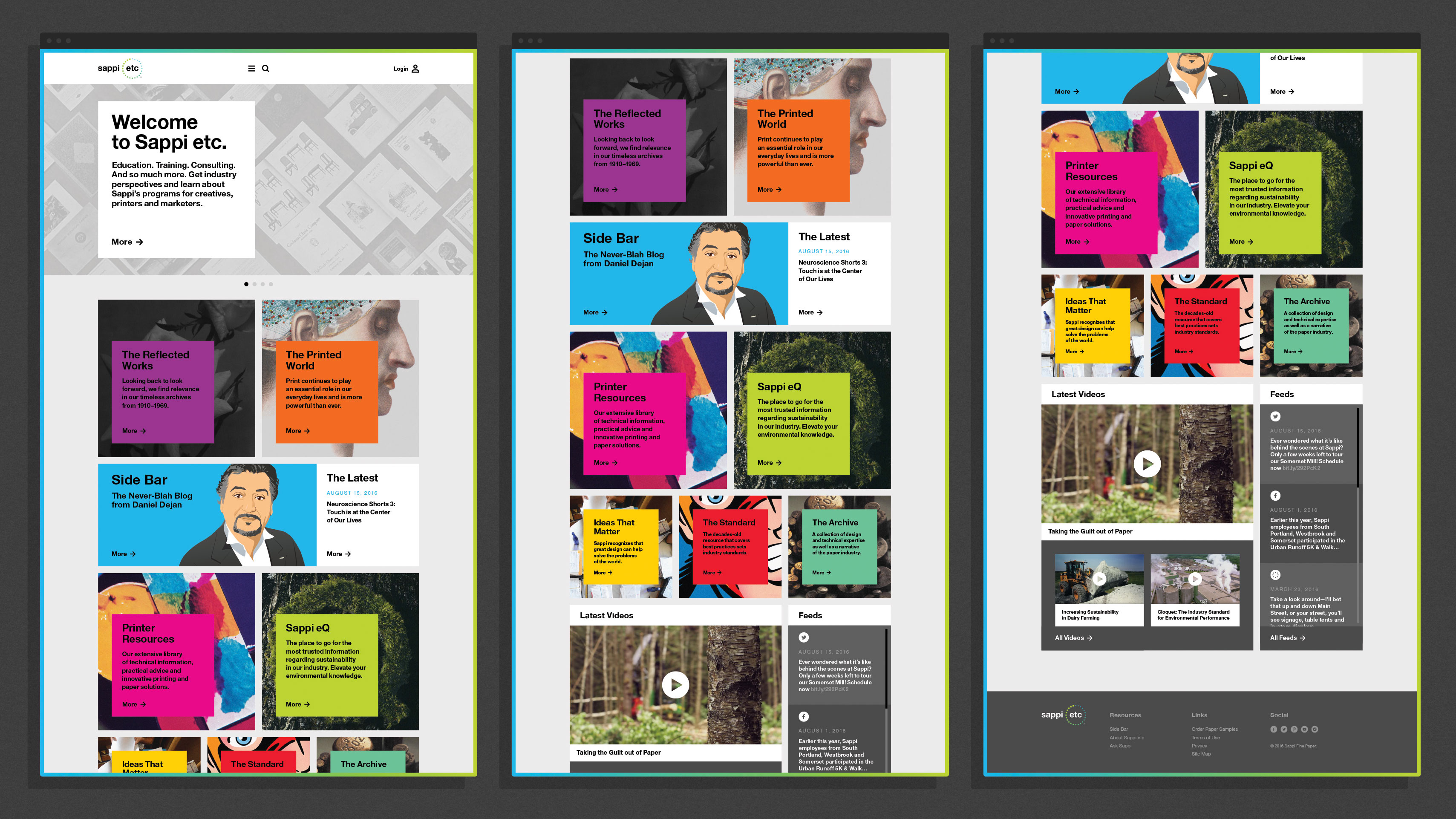
There's no point having a beautifully designed website if no one can find it. That's where Search Engine Optimisation (SEO) comes in. SEO is both an art and a science, it's all about ensuring that when people search for a relevant term online – for example, 'cheap hotel in Birmingham' – your website appears high up the results page, in a way that grabs attention and encourages click-throughs.
You might think SEO is something you can hand over to someone 'technical' once the website layout has been agreed on and the whole thing is designed. But rather than being bolted on after the event, it's increasingly baked into the design process from the start. "For brand new websites, SEO is definitely something clients want to discuss straight away," says Mark Stringer, managing director of Manchester agency AHOY. "And for those undertaking a refresh, it's usually the next question after the UI discussion."
Exactly what's requested will vary from client to client. "Smaller businesses and sole traders tend to ask about marketing in general, or maybe even how to get on Google," says Eji Osigwe, head of design and development at Cedarwood Digital, also in Manchester. "Larger businesses seem more aware of the terminology and the kind of work involved, and so may ask for very specific work."
How SEO works
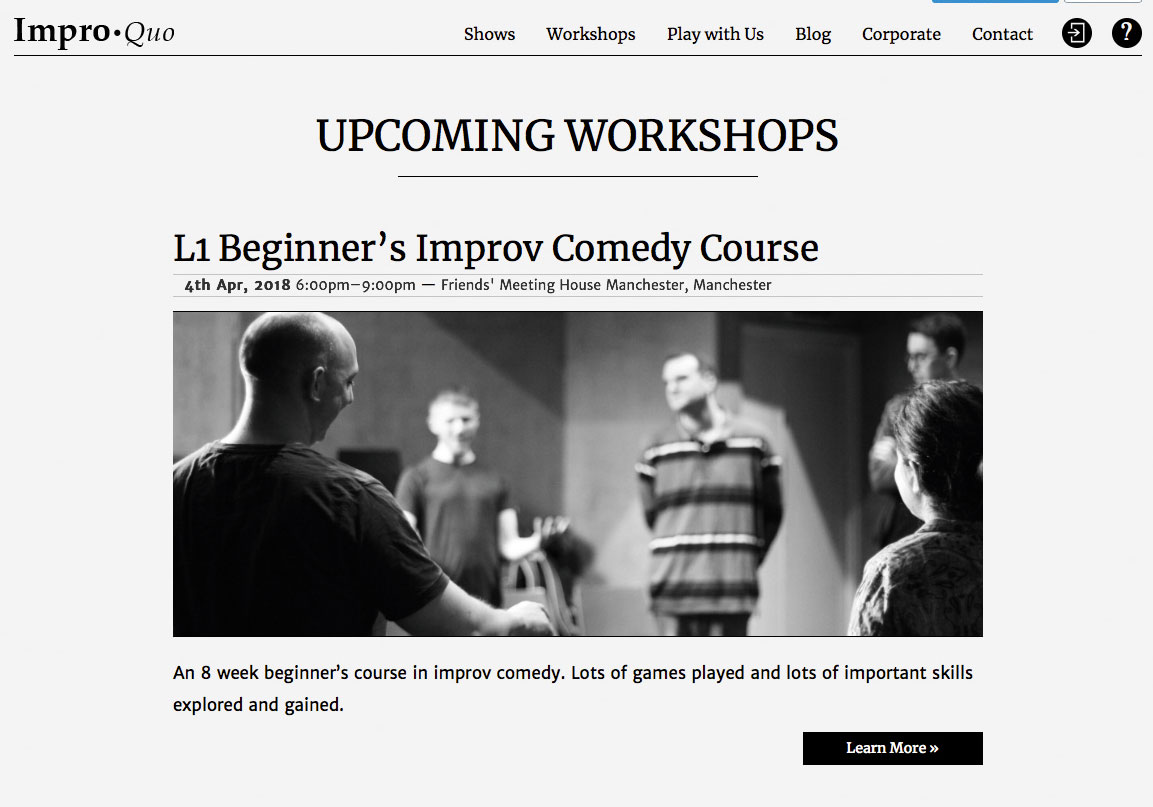
There was a time when SEO was a dark art involving tricks like 'keyword stuffing', which meant visitors were often greeted by the mindless repetition of a phrase like 'cheap hotel' through a site. Thankfully, in 2018, search engines are more sophisticated, and so nowadays the most fundamental building block of SEO is, quite simply, to create a quality website people will love.
"Strong, quality content that keeps visitors engaged – especially content informed by an up-to-date keyword strategy – will help you move higher in search results," says Eric Johnson, director of experience design at 50,000feet. "Think of the winning formula as visitor time spent + high-quality content + keywords."
Techniques for boosting your SEO
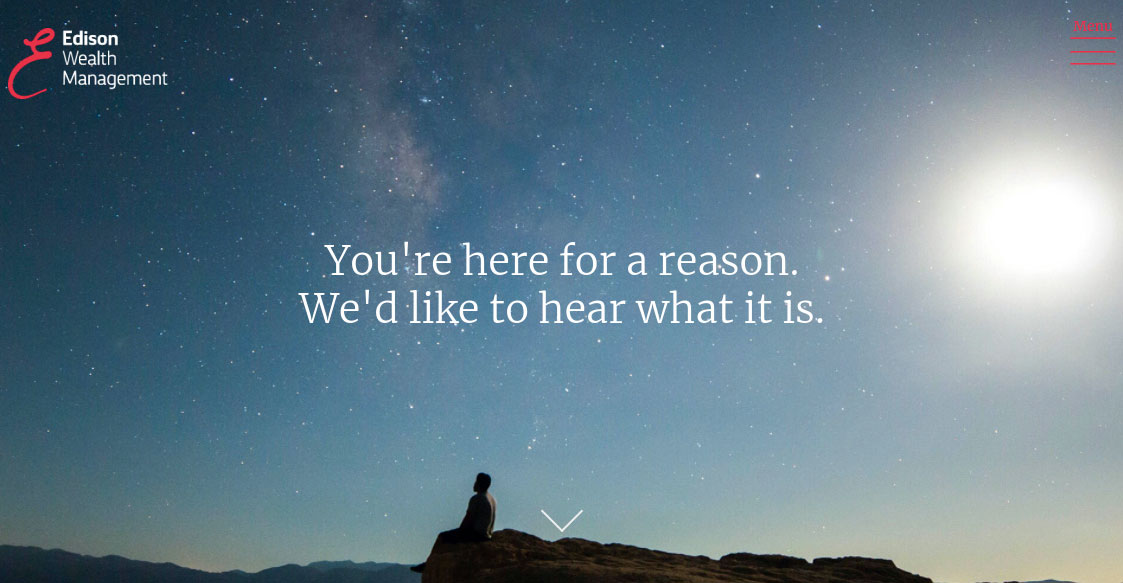
One is to structure the information on your site so it can be displayed as a separate section within your main listing. "Frequently Asked Questions (FAQs) is a good example of high-quality, useful content that will get included," notes Johnson. "The next time you search on Google, check out the 'People Also Ask' module, which displays questions that are similar to your search; this will help you get an idea of questions to include in your FAQ."
Another important thing to consider, especially when it comes to refreshes and rebrands, is 301 redirects. These little bits of code send both site visitors and search engines to a different URL when, for example, a temporary campaign ends and you want people to visit the main site instead. Broken links will get you penalised on Google, so a solid 301 redirect strategy is vital to good SEO.
SEO is not an exact science, though, because the algorithms used by search engines like Google to rank sites are both secret and constantly changing. For this reason, optimising the SEO of a site is not a 'one and done' deal, but something that needs constant attention. Thankfully, it's easy to gather data on how your strategy is working, and tweak accordingly.
How to measure SEO
"SEO is very easy to measure with analytics tools such as Google Analytics and a range of other platform tools," explains Adam Innes, technical architect at 50,000feet. "Insights gained from these tools include key search terms, visitors by type of device, and duration of visits – all of which are vital in continuing to optimise the experience for engagement and performance."
It's also important to keep an eye on trends. For example, Google has made it a priority to measure the speed at which web pages load, with slow-loading sites getting demoted in the rankings. Google also puts huge stock on responsive web design – essentially whether your site adapts seamlessly to mobile or other devices.
Innes, meanwhile, believes other factors will become important in future. "With a growing awareness of fake content, there will be more emphasis on a website's TrustRank and user security," he predicts. "Google has already taken steps to include a small bump in preference to sites using HTTPS. Providing not only quality and engaging content but also truthful and secure content will become more and more important."
Learning about SEO
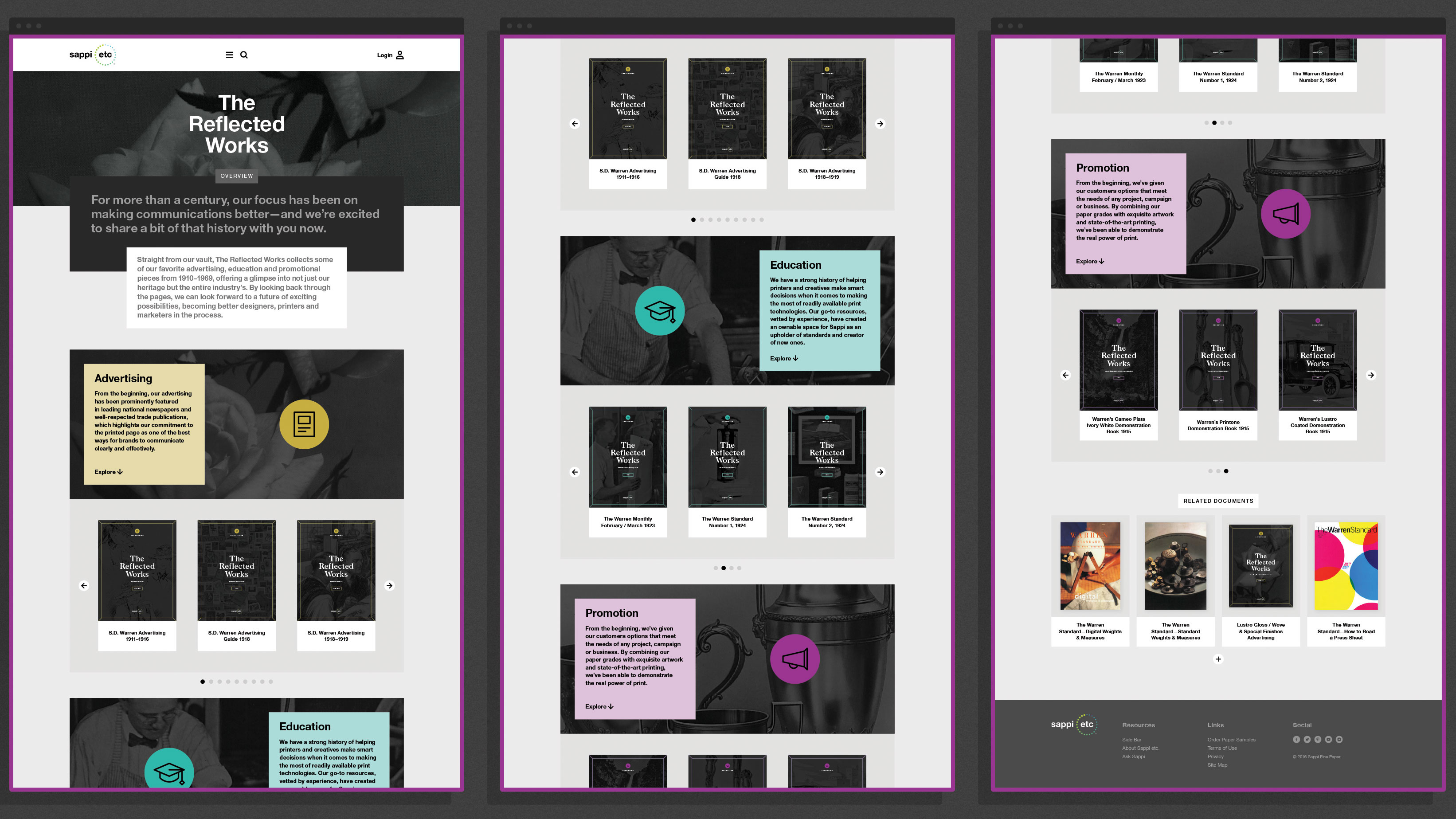
Regardless of the specifics, one thing is clear: SEO is something all creatives need to be aware of. So how can designers develop their awareness of it? Firstly, says Stringer, know your limitations. "Understand that this is not your forte, and it's hard enough for SEO specialists to keep up with Google's changing algorithm let alone a graphic designer."
But at the same time, the more you can learn about SEO the better. "Take responsibility and get up to speed so you have a rough understanding of best practice," Stringer urges. "It's better for your career, your sanity and the team. I've always found that learning from your peers is the most useful way to gain new skills, and the digital sector is probably one of the most community focused sectors out there, so you’ll never find a shortage of people willing to help," he continues.
"If you are lucky enough to work in a team that has a search specialist in house, or that comes in to help, don’t be afraid to ask lots of questions and don’t let the account manager or project manager do all the work for you," says Stringer. "As the sector grows, there will always be more and more people you can call upon for a skills swap."
This article was originally published in issue 279 of Computer Arts, the world's leading design magazine. Buy issue 279 or subscribe here.
Read more:

Thank you for reading 5 articles this month* Join now for unlimited access
Enjoy your first month for just £1 / $1 / €1
*Read 5 free articles per month without a subscription

Join now for unlimited access
Try first month for just £1 / $1 / €1
Get the Creative Bloq Newsletter
Daily design news, reviews, how-tos and more, as picked by the editors.

Tom May is an award-winning journalist and editor specialising in design, photography and technology. Author of the Amazon #1 bestseller Great TED Talks: Creativity, published by Pavilion Books, Tom was previously editor of Professional Photography magazine, associate editor at Creative Bloq, and deputy editor at net magazine. Today, he is a regular contributor to Creative Bloq and its sister sites Digital Camera World, T3.com and Tech Radar. He also writes for Creative Boom and works on content marketing projects.
